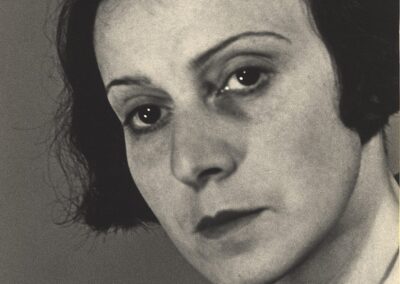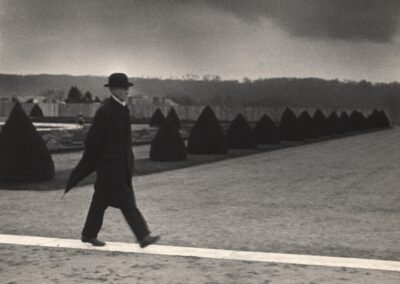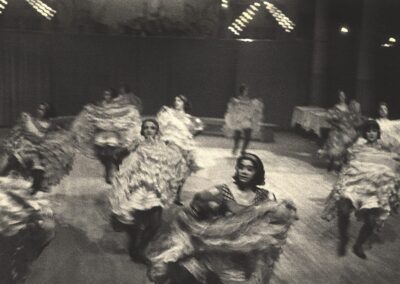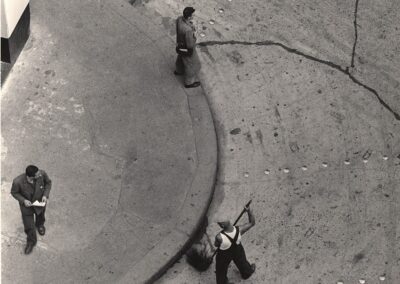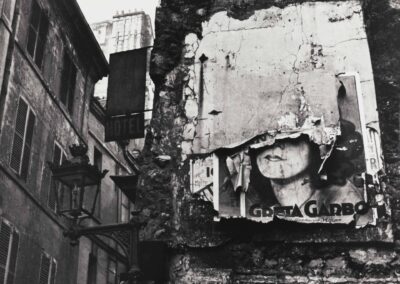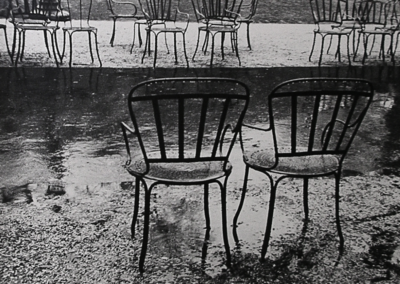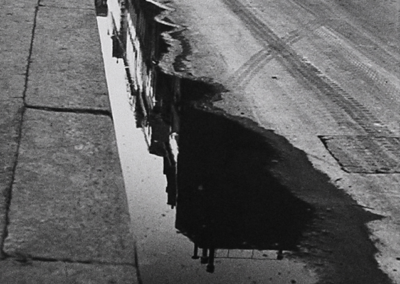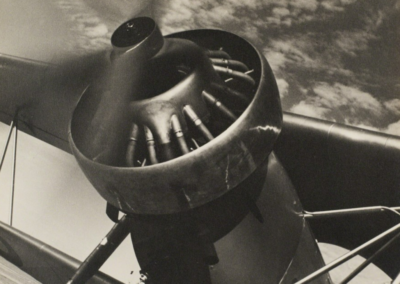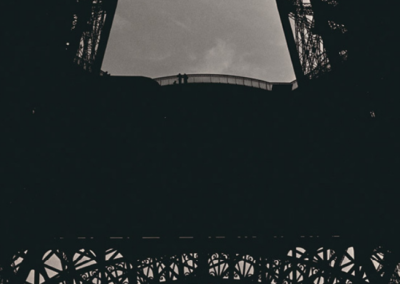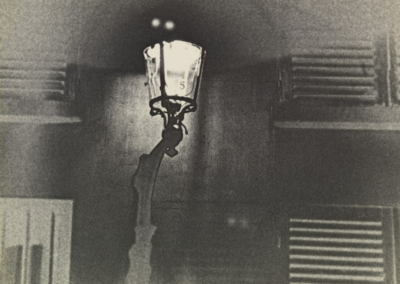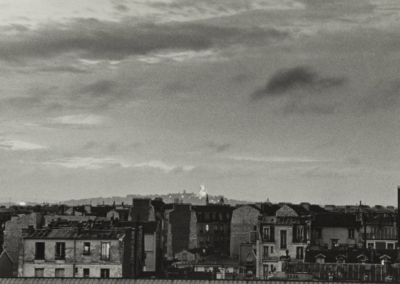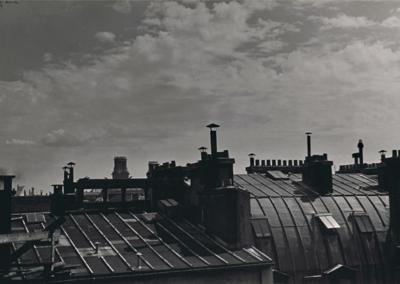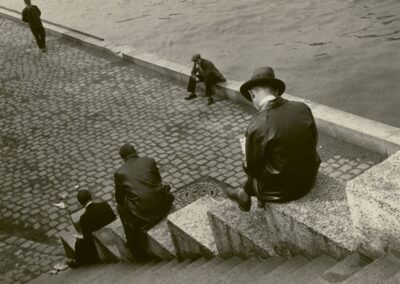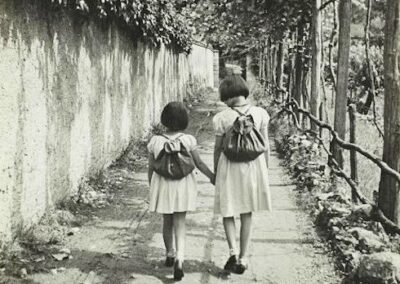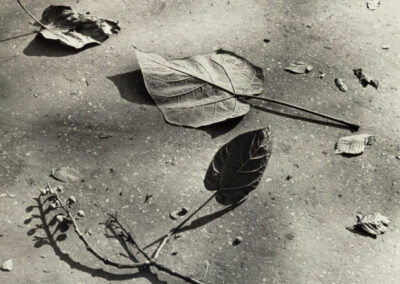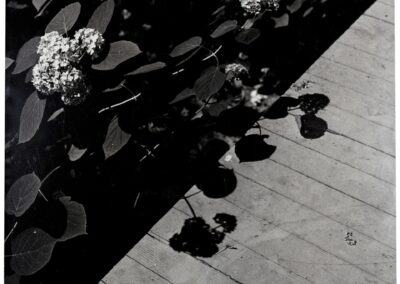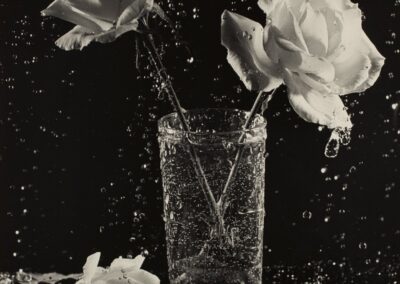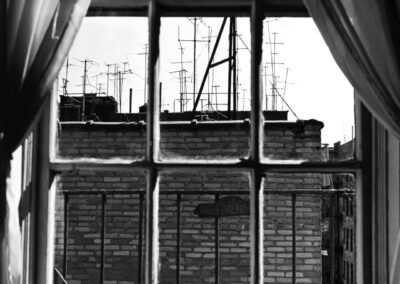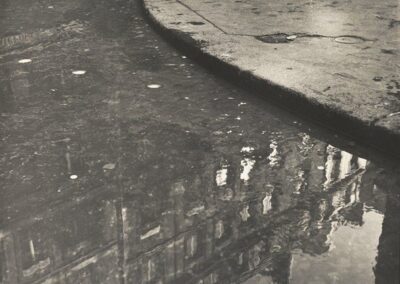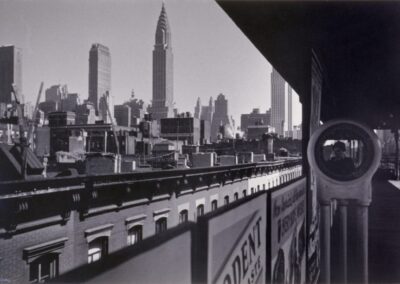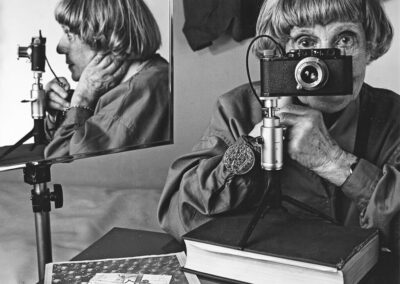Our next Artist You Need To Know is Ilse Bing (1899 – 1998).
Bing was a German photographer who worked both in the artistic sphere as well as the commercial one. Referred to as “the Queen of Leica” in the 1930s, she is best known for her striking black and white works produced between the two World Wars.
From Aware : “Similar to Bauhaus in her abstraction, to Surrealism in her poetry, and to the modernist movement Nouvelle Vision in her attention to geometry, her work includes both portraits and fashion, architecture, and landscape photography. Along with her fellow-photographers Brassaï, Man Ray, (a past AYNTK) Florence Henri, Germaine Krull and Dora Maar, she contributed to making Paris the capital of photography in the 30s.”
“I felt that the camera grew an extension of my eyes and moved with me.”
Bing was born in Frankfurt, Germany and was given a Kodak Box camera at 14 : she formally came to photography in 1923 after studying mathematics and art history in Frankfurt and Vienna. Beginning as a photojournalist (having her images published in Frankfurter Illustrierte in 1929, for example), she began to explore the more artistic and conceptual side of the medium which resulted in her relocation to Paris in 1930 (a contemporary colleague and fellow photographer Gisèle Freund has stated that Florence Henri‘s works were the major factor in this move).
She flourished in Paris in both the commercial and avant – garde sphere : Bing’s photos (published in Vu, Arts et métiers graphiques, L’Art vivant, and Harper’s Bazaar) made her an intrinsic part of the “golden age of illustrated magazines.” (from Aware)
“Bing is among the foremost avant-garde photographers of the 20th century, whose portfolio of black-and-white and color prints encompasses scenes of urban architecture, street life, still lifes, portraits, commissioned photo essays, and advertisements—all shot with an eye for the unexpected detail, the unusual angle and vantage point, and a keen sense of composition and form. [She shot] scenes of urban life for her personal practice and on assignment for the top publications of the time.” (from here)
She visited New York in 1936 in tandem with a solo exhibition at the June Rhodes Gallery. While there Bing turned down an offer from LIFE Magazine as her life and practice (and future husband) were all in Paris. In 1936, she was included in the first modern photography exhibition at the Louvre in Paris, and a year later she participated in MOMA’s groundbreaking exhibition Photography 1839–1937.
When Nazi Germany occupied Paris in 1940, Bing and her husband (the pianist and composer Konrad Wolff) – as both were Jews – were imprisoned in ‘internment’ camps. Through the efforts of both American and non collaborating French colleagues and officials, Bing and Wolff escaped to the United States in 1941.
Bing was forced to leave many of her negatives and prints behind when she fled Europe : but in the face of this adversity, she also re invented and shifted her photographic practice. Through the 1940s and 1950s, Bing primarily took portraits, often of children, but sometimes of more notable public individuals, as well. She had a solo exhibition at the Brooklyn Museum in 1949, marking her arrival in the artistic milieu of her new home.
From the period of 1947 – until she gave up photography as her primary artistic practice in 1959 to produce texts, drawings and collage works – Bing saw that living in New York City radically changed her work. Her earlier ‘softer’ photographs gave way to hard lines and contrasted architectural compositions that reflected the city and country she now lived in, as well as a vision that had matured and changed in response to her life and experiences.
Bing died on March 10, 1998, shortly before her ninety-ninth birthday, in New York : “I didn’t choose photography; it chose me. I didn’t know it at the time. An artist doesn’t think first then do it, she is driven.”
As with many female artists of her era (such as Greta Stern), Bing received overdue attention in the latter part of the 20th century. Exhibitions of note include Ilse Bing: Three Decades of Photography (New Orleans Museum of Art, 1985), Ilse Bing (International Centre of Photography, New York, 1986), Ilse Bing – Marta Hoepffner – Abisag Tüllmann. Drei Fotografinnen in Frankfurt (Historical Museum, Frankfurt, Germany, 1995), Ilse Bing – Fotografien 1929–1956 (Suermondt – Ludwig-Museum, Aachen, Germany 1996), Ilse Bing: Queen of the Leica (Victoria & Albert Museum, London, UK, 2004), Ilse Bing (1899-1998): Fotografien (Galerie Berinson, Berlin, Germany, 2019), Ilse Bing: Queen of the Leica (The Cleveland Museum of Art, 2020) and The New Woman Behind the Camera (The Metropolitan Museum of Art, New York, 2021)
Her work can be found in the collections of the Art Institute of Chicago, the New Orleans Museum of Art, Glyndebourne, the Jewish Museum in Berlin, the Jewish Museum (Manhattan), Los Angeles County Museum of Art, MOCA Grand Avenue, Museum Folkwang, Museum of Modern Art (MoMA), the National Gallery of Canada, the Rijksmuseum Amsterdam, the San Francisco Museum of Modern Art and the Victoria & Albert Museum.
More about her life and legacy can be seen here and here. A short video (made to accompany Bing’s exhibition at the Cleveland Museum of Art) can be enjoyed here.

